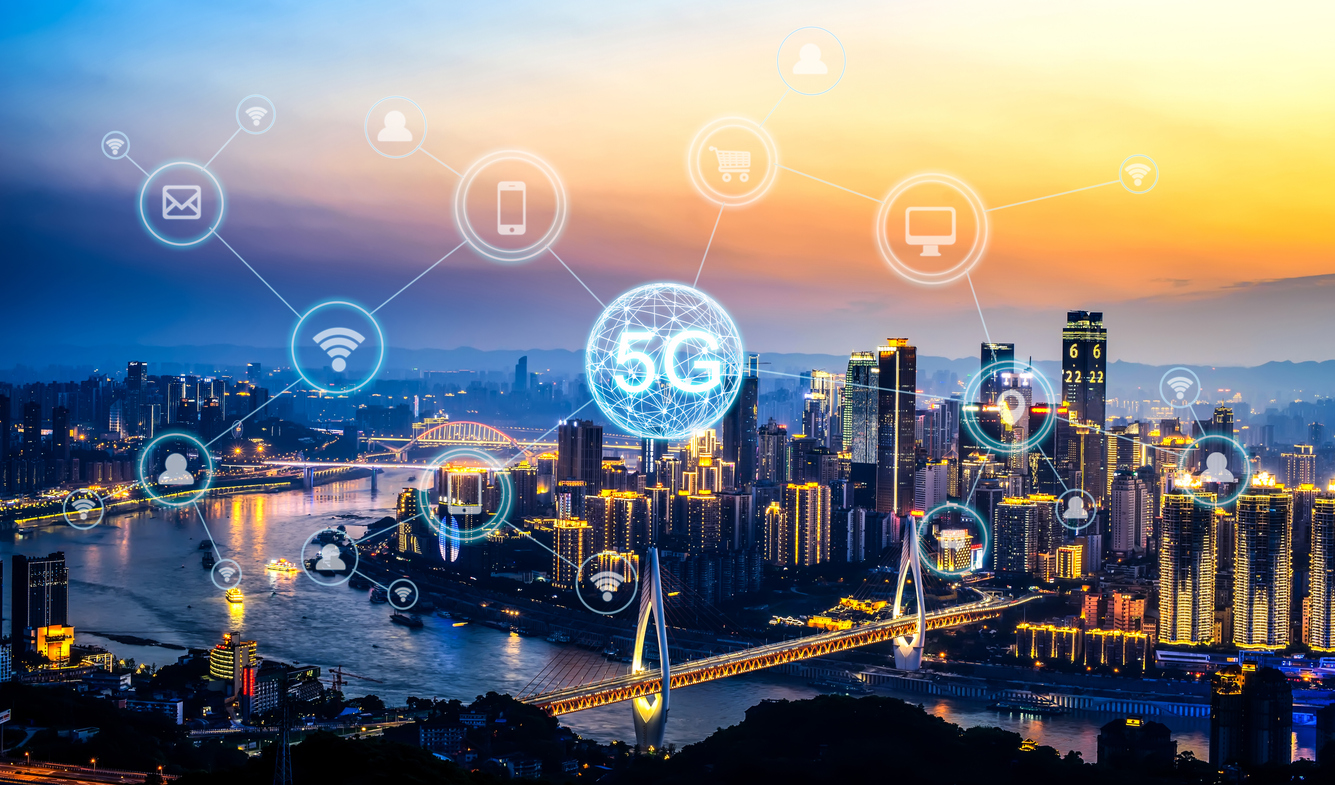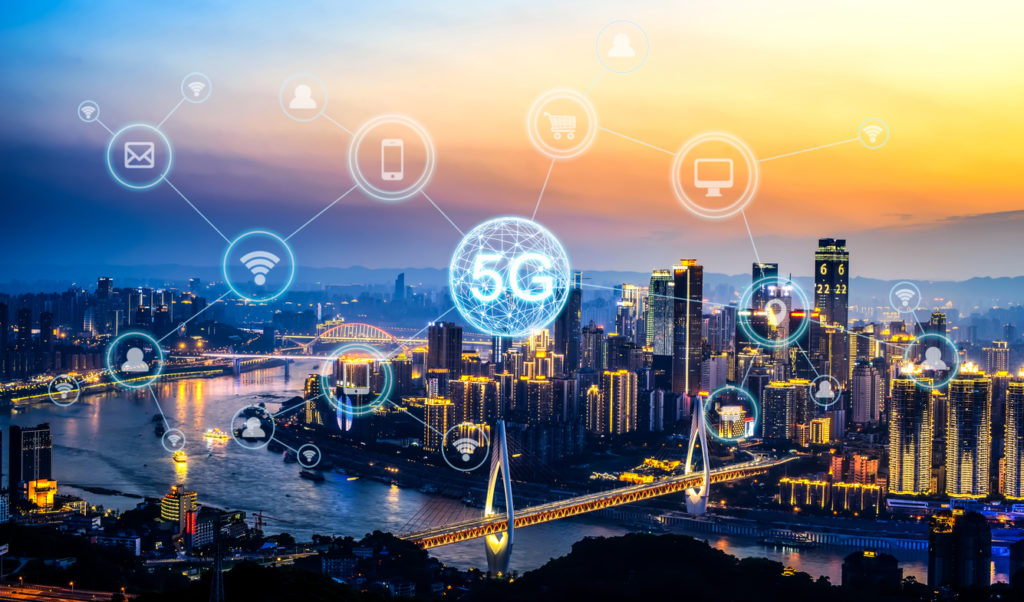The 6 Crucial Steps You Must Take in Preparation for the 5G IoT Future

"*" indicates required fields

 Gartner has predicted that by 2023, there will be 50 million 5G IoT endpoint units installed. However, today most organizations are still struggling with what this is going to mean for their data systems. The promise and hype of 5G have already driven massive growth for IoT, and enterprises have jumped on the bandwagon and integrated systems in place to support data created by these connected devices. Building these systems will need a new approach towards database design, and the approaches that have been used would struggle to handle the sheer volume of data generated or deliver its full value. So, what should you do now to prepare your data system? Here are the six crucial steps we suggest you must take to prepare for the 5G IoT future.
Gartner has predicted that by 2023, there will be 50 million 5G IoT endpoint units installed. However, today most organizations are still struggling with what this is going to mean for their data systems. The promise and hype of 5G have already driven massive growth for IoT, and enterprises have jumped on the bandwagon and integrated systems in place to support data created by these connected devices. Building these systems will need a new approach towards database design, and the approaches that have been used would struggle to handle the sheer volume of data generated or deliver its full value. So, what should you do now to prepare your data system? Here are the six crucial steps we suggest you must take to prepare for the 5G IoT future.
Connected devices tend to generate a constant stream of data, and this data must be sent and received by the business. This data must also be rapidly acted upon, which is why you must have the ability to review this data in real-time. The correct way to go about that is by adding streaming data to support your IoT applications. For instance, sensor data can be streamed for analysis and any required real-time response. In a medical setting, patients can wear heart monitors are home that will send signals to the healthcare provider and alert them if there is any change in the rhythm. Real-time sensors and data flows can also be used to protect goods or people from potential harm. The only real way to review your data in real-time is to integrate a streaming architecture that supports input from multiple data sources.
Replicating data ensures that you won’t lose it, but replicating it is a challenging task when you look at it from an operations perspective and in some industries for compliance. Data replication will transfer data between nodes, and when you automate this process, it allows IoT edge devices to replicate their data to a central repository easily. Using the same approach towards data across all nodes from individual devices, towards edge data centers, and then to the central databases, it simplifies everything and ensures that all applications run in the same manner over everything.
If there is one thing that you can be certain about, it’s that relational data models won’t be going away anytime soon. However, they do pose a problem when it comes to tackling 5G since they aren’t designed to handle the requirements of IoT. The better choice would be to opt for a time-series data model for managing IoT data sets, as this is where events must be written based on time and then later analyzed based on why they occurred in the first place. This type of database offers better performance for IoT applications that take and consume time-series data. The upcoming 5G IoT devices will need this, which is why adding a time-series database model is a good idea since you can set a data foundation that can support everything.
There’s no doubt that IoT devices generate a massive amount of data, but most of this data loses its usefulness quickly and doesn’t need to be stored for future use. For instance, data that is collected and useful for a project may not have any use once the project is completed. We don’t need to explain why you don’t need obsolete data because organizations already know that it is not only costly but consumes resources as well. IoT data must be evaluated for its relevance and value before it is assigned to an appropriate retention level. You will also need databases that support a data-tiering functionality where data will lose its relevance and can be stored at different tiers to reduce storage costs. At the right time, this data can be deleted or moved to long-term storage.
One of the most important steps you must take in preparation for the 5G IoT future is to plan for scale. Most enterprises today are turning towards the hybrid cloud to benefit from the cost-effectiveness offered by the public cloud while retaining control over its future. 5G IoT is going to demand the ability to scale as data volume grows, and the hybrid cloud can improve the IoT performance by ensuring that data processing occurs close to where the data is created while it is managed in a centralized repository. There is not one soul who can predict what impact an increase in IoT devices will have on data volumes, but we do know that the ability to scale will ensure the enterprise keeps pace with demand. The ability to scale data out horizontally is more cost-effective, and hybrid cloud remains the best solution for now to an uncertain data future.
Your organization will also need robust analytics. As more data gets generated, you need to make sense of that data’s value. The analysis will help you spot weaknesses in devices and uncover usage patterns. You may even need to use real-time analytics tools that can be integrated into your data system to leverage IoT data in the 5G world.
The six steps mentioned above are designed to help your organization create a solid foundation for the rapidly-approaching 5G IoT future. The only way to ensure that your enterprise can leverage the advantages of IoT and deliver outstanding experiences to customers in the future is by ensuring that your data systems are supportive and compatible with 5G and that the data that is generated by IoT devices.
Percento is a Professional IT Consulting, Implementation and Management firm. To find out how we can help your organization, please contact one of our friendly sales representatives for a review of your system and a comprehensive (No Obligation) proposal of services. Call today toll-free at 800.614-7886 [Austin | Dallas | Houston | League City | Sugar Land | The Woodlands | San Antonio] or email us at sales@percentotech.com.